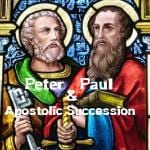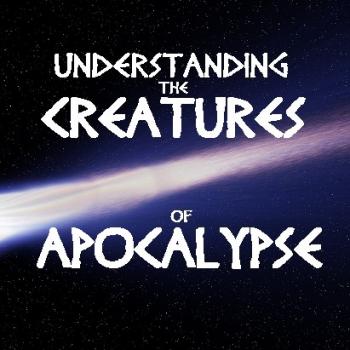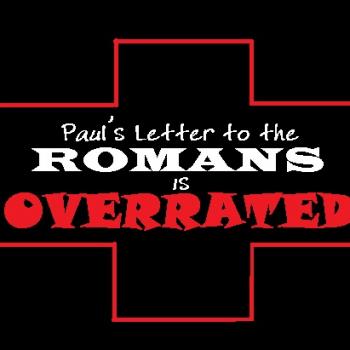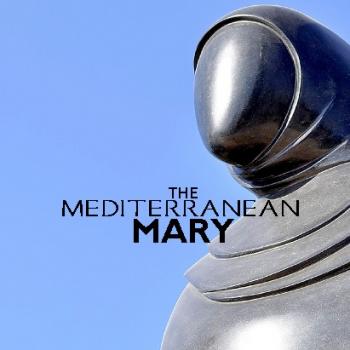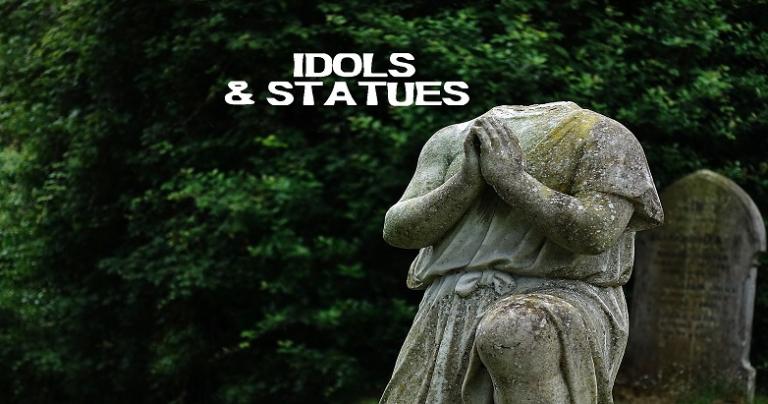
Idols are forbidden by God, but what about statues and other religious art?
Idols and idolatry are verboten to Christians! And yet quite often Catholics, Orthodox, and other Christian groups who cherish sacred and religious art, icons and statues, get accused of idolatry. After all, aren’t we violating the commandment and clear prohibition to never make any graven image?
Statues are in the zeitgeist these days. They are coming down all over the United States. Some were erected in the Jim Crow South, with symbolism bound up with our country’s systemic racism. Other destroyed statues were connected to troubling historical figures, such as Christopher Columbus and Junipero Serra. Complicating matters is the fact that these were erected by the Knights of Columbus in a defense against nativism and the Ku Klux Klan. The Knights of Columbus had re-contextualized Columbus and Serra.
And Catholics should easily recall the Amazon Synod of 2019, where vandals stole an indigenous statue of Pachamama, throwing it into the Tiber river.
How do idols and idolatry play into all of this?
Thou Shalt Not!
Exodus 20:4-6
You shall not make for yourself an idol or a likeness of anything in the sky vaults above or on the earth below or in the waters beneath the earth; you shall not bow down before them or serve them. For I, Yahweh, your God, am a jealous God, inflicting punishment for their fathers’ wickedness on the children of those who hate me, down to the third and fourth generation; but showing love down to the thousandth generation of those who love me and keep my commandments.
(See also Deuteronomy 5:8-10)
That seems pretty clear, no? Except that nothing is really clear for U.S. readers in Sacred Scripture, an ancient library not written and collected for, by, or about 21st century Americans. Spurious familiarity will not help us to understand the commandment. Instead cultural context will.
Context matters. The prohibition (Exodus 20:4-6; Deuteronomy 5:8-10) is not against sacred or religious art, religious images and statues, but specifically idols. Idols, from the Greek word eidolon, are more than just images and statues. We always have idols, even when no religious artistic representations are present. Consequently, idolatry (eidololatria) is a constant threat to the People of God down through the ages.
God Forbids Idols, but Commands Statues??
Beware proof-texting the Bible. Casual and agenda-driven Bible readers often miss that the God of Israel actually commissions statues and images. Consider how God commanded his Israelite clients to make statues of Cherubim, gigantic angelic chimeras in the sky vaults (Exodus 25:18–20; 1 Chronicles 28:18–19; Ezekiel 41:17–18). The heresy of iconoclasm is indefensible.
Hardly opposed to religious images, the God of Israel instructs Moses to weave images of constellations (cherubim or angelic sky servants) for the tabernacle (Exodus 26:1). Later on, when the Israelites were suffering, God told Moses to make a bronze image of a burning dragon constellation to be used to heal the people, Numbers 21:8–9.
Idols and Magic
So then what was the prohibition on graven images (Exodus 20:4-6; Deuteronomy 5:8-10) really about? Context Scholars Richard Rohrbaugh, Bruce Malina, and John Pilch have a refreshing take on this matter. According to them, the ban on idols was to prevent Israelites attempting to magically control the God of Israel.
Context scholars explain that in the Exodus story, the Golden Calf served as the spot whereby God would appear to sit before the people (in an altered state of consciousness experience). Wherever the people desired to go, they would carry the idol, proclaiming their saving God (Exodus 32:4). Thus, they would drive God forward, directing and controlling God to do their bidding, destroy their foes, win their wars, and give them whatever they wished. That was the idea, anyway.
David’s Idolatry
To be fair, King David used the Ark of the Covenant in quite a similar fashion. Just as with the Golden Calf, the God of Israel sat on top of the Ark, enthroned on the cherubim. These are sky chimeras, such as creatures with features of bulls and other beasts. One such cherub in the sky we call the constellation Taurus, and another is Leo.
In the Deuteronomistic narrative (Deuteronomy—2 Kings), King David understands the Ark as a device to magically control God and the people (2 Samuel 6:14-23). Although Catholics and other Christians happily re-contextualize his dancing with abandon before the Ark in popular song, the original context was insidious. Shamefully, David wishes to outdo the depravity of Saul in shamefully displaying by this act that he is not only king over Israel, but prophet and priest as well!
The Golden Calf Idol
Understanding how the Golden Calf was to be used in procession helps us to distinguish religious statues and images from idols. Idols are about controlling God through magic. God freed Israel out of Egypt, but Egypt and its ways lingered on in stubborn Israelite hearts. Addicted to the old self, Israel sought to reverse the saving act of God. Therefore, by controlling their Golden Calf idol, Israelite leaders thought they could manipulate the people going to and from Egypt. Since God sat enthroned on this idol, the leaders could proclaim God responsible for this.
Aaron made the Golden Calf while Moses was in the sky vault on the mountain. His brother, Aaron the priest, fashioned the idol while the finger of God, according to Israelite lore, engraved the Decalogue onto a pair of stone tablets (Exodus 31:18; 32:15-16). After he came down from sky vault, Moses witnessed the Israelites attempting to magically control God. Consequently, Moses broke the tablets (Exodus 32:19).
Idols & Moses’ Second Law
The Bible is a library more concerned about presenting truths than facts. It lacks our Western obsession with factual accuracy and precision. After destroying the Golden Calf, Moses ascended the mythical mountain to once again receive the Decalogue. But now so many more commandments would also be given to Israel.
Later on, the second century Jesus groups called these other commandments deuterosis, or the second law of God (see Didascalia Apostoloruni; also Irenaeus, Heresies IV, 24-29; and Pseudo-Barnabas 4). According to the Jesus groups, these added commandments of Moses were specifically given to prevent Israelites from ever again attempting to magically control God.
Since Jesus had taken away the sin of Israel trying to control God, the Jesus groups believed they were not obliged to observe the secondary laws.
Idols: Means to Magically Control God
Recognizing all of this, we can better understand what idolatry is. Rather than being about religious art like statues, idolatry is always about attempting to magically control God. And idols don’t have to be physical at all. Idols can even be prejudiced ideas and wishful thinking.
We see such idols today with congenial Jesuses cooked up to promote American and other Western cultural values. There is much talk going on about “White Jesus.” What is often missed, however, is how Jesus appears in art form is not as important as how he behaves. If your Jesus sounds American and acts like an American, something is dreadfully off. The identity theft that is a culturally congenial Jesus is a form of idolatry. It attempts to magically control the Incarnation to suit and idealize our interests.
The Really Dangerous Idols
Our theological ideas, when turned into idols, attempt to magically manipulate and control God all the time. Let’s talk about REAL idolatry.
“Si comprehendis non est Deus.”
(If you comprehend it, it is not God)
The worst kind of idol in existence is the mental idol. God is always beyond. All our formulas and doctrines and theologies and Scriptures are only metaphor, fingers pointing toward Mystery. Any and all of these, including the Bible and a monstrance with a Eucharistic Host, can be made into idols. The most dangerous idols of all are mental ones, such as the idol of fundamentalists, certitude.
Warning about Mental Idols
Beware mental idols. Beware bibliolatry (idolatry of the Bible, really, one’s own interpretation of it). All fundamentalists, Catholic fundamentalists included, cannot understand this.
We all have mental idols. How do you emotionally react to the fact that, historically speaking, the Exodus story was created by Judaean scribes during the Persian period, modeled after their immigration from Persia? Myth is that which will always be true and never happened.
Does that enrage you? Watch those idols!

